Pricing, Aftermarket, and Secondary Market Artist Compensation
This is the part of artist relations Wizards of the Coast is NOT going to like to talk about in public. This is why laid-off employees need to sign Non Disclosure Agreements (NDAs) to receive severance packages. Corporations do not like public facts.
Since I will likely never work for Wizards again, and have already stopped accepting new commissions from them for over a year now, I feel the need to share all of this factual, public information to drive the conversation regarding compensation into the light and force Wizards to engage in change for those artists, digital and traditional, who still rely upon them as an income source.
Let’s start at the beginning.
The fee for my very first Magic:The Gathering card back in 1996 was $1000.
That was modestly good pay for small, work-for-hire spot illustration artwork where the artist had a large creative control in the process. Over the years I continued to work with new commissions from Wizards even as the art management of the content grew with heavily directly style guides and the basic fee stayed the same. I did my best to deliver exceptional high quality oil paintings at those fees, including illustrations like Cartographer, Mirari, the 7th Edition Shivan Dragon, and the suite of characters for Ravnica – Razia, Tolsimir, Szadek, Agrus, and the Sisters.
Stepping forward two decades, the fee for one of my artworks in a recent set from Magic, Murders at Karlov Manor, commissioned in 2023 was also $1000… 27 years and not a cent raised from my base rate. Or, when accounting for inflation, the fee is actually far lower, at $516 in relative dollar value comparison
( in acknowledgement Wizards has raised their base rate to a whopping $1250 in 2024. Thanks Wizards).
Why would someone work for a client who did not raise their pay after 27 years?
I have asked that question of myself many times. Mostly it was that I did not depend upon Wizards as a primary client, taking just a card commission here and there as desired. The connection to the game and fans was part of the deal to accept low pay.
I actually stopped working for Wizards back in 2010 over these exploitatively low fee issues. I concentrated my energies on many other professional projects. But I returned to accept new commissions from Wizards in 2017.
Why?
First, two of my artist friends and mentorees had moved into positions at Wizards as art directors. They reached out to me, and I wanted to help them create great art for the game of Magic. We are all part of an artistic community.
Secondly, I enjoy making high quality, labor intensive oil paintings for my projects, and the art directors knew the growing secondary aftermarket for Magic art was a way I could get ‘paid’ for my quality work, even if the initial commission fee did not justify the labor.
I returned not to work for Wizards’ low fees, but to stay connected to the community and aftermarket associated with Magic – convention appearances, sales of original art, signing artist proofs, cards, and playmats to fans, players, art collectors, and other artists all connected to Magic. I am a fan of this genre.
The private, secondary original art market for Magic: The Gathering card illustration has seen tremendous growth over the past two decades – from practically ‘giving away’ Magic art back in the late 1990’s for a couple hundred dollars, full color finished card art can now sell from $2000 to $10,000 and up, sketches sell for $300 to $800 and more.
The only way for me, and many other artists, to bring an exceptionally high degree of craft to the art at the pay scale Wizards offered was to recapture that invested labor in the secondary aftermarket connected to private collectors and fans. It is this aftermarket which allows Magic artists to make a modest living, knowing that financial recoupment existed beyond Wizards of the Coast’s meager initial fees.
The secondary aftermarket has helped fuel the creative energies of artists and allowed them to invest tremendous labor and quality in an extremely low paid commission.
Until it didn’t.
Recent Magic:The Gathering set releases in their Universes Beyond themed expansions appears to prohibit the sale and creation of ANY physical art and removes ALL secondary aftermarket sales – no original art, no artist proofs, no prints, no playmats, no repainted interpretations, no convention/event sketches of ANY kind for ALL of the commissioned images. All commissioned art was to be expressly and purely digitally executed, the initial low work-for-hire fee was the ONLY compensation.
Using a conservative estimate, Wizards removed secondary aftermarket sales of $3+ million from artists working upon the Universes Beyond, The Lord of the Rings set. Thank you for supporting your artists Wizards.
This digital only art requirement is in no way an industry standard for commercially commissioned artists. Wizards has introduced a new level of contractual obligations which specifically targets to destroy the private, artist based secondary aftermarket sales which was directly benefiting the Magic artist, fan, and collector community.
Why? I have no reasonable assessments.
The aftermarket has zero impact on the initial sales of the game and product to the millions of players worldwide in ten languages. In fact the aftermarket greatly benefits the game through player interactions with artists at events, the collecting and signing of cards, the public display and excitement of original art in game shops around the world, and the use of original art by Wizard’s itself as prizes to players.
More importantly, the aftermarket provided a broad incentive for artists to vest labor and quality into the products they were creating for Magic. This removal of incentive means that Wizards has guaranteed that the quality of art they will receive for these sets will diminish, likely impacting sales negatively.
Recently Wizards has seemingly thrown traditional artists a scrap from the table with the new Marvel set, allowing them to sell a painting from their commission into the secondary market, but treating digital artists differently with no such offering it appears.
How do you feel digital artists? Excited to work on that next Universes Beyond set knowing Wizards contractually thinks less of you as artists?
Although these new contractual obligations are only occurring with the Universes Beyond sets, it is not too hard to see them implemented on standard Magic contracts in the future. Hasbro has stepped up the Universes Beyond to be nearly half of their set releases in the future. Sadly looking forward to even more exploitative digital only contracts reducing the secondary aftermarket even further.
To add gasoline to this fire, Hasbro’s current CEO is quoted as welcomingly embracing A.I. art creation and it’s use on Magic and D&D products. It is not hard to see the leap of a digital only artist contract being replaced with digital only A.I. art now that the CEO has openly stated such a direction. Thank you for supporting, respecting, and valuing your artists Hasbro.
To all the artists working, and hoping to work on Magic, I am sure Wizards will raise the base rate again in 27 years to properly compensate the prompted A.I. robots.
In frustration and sadness for my peers,
Donato Giancola
November 2, 2024


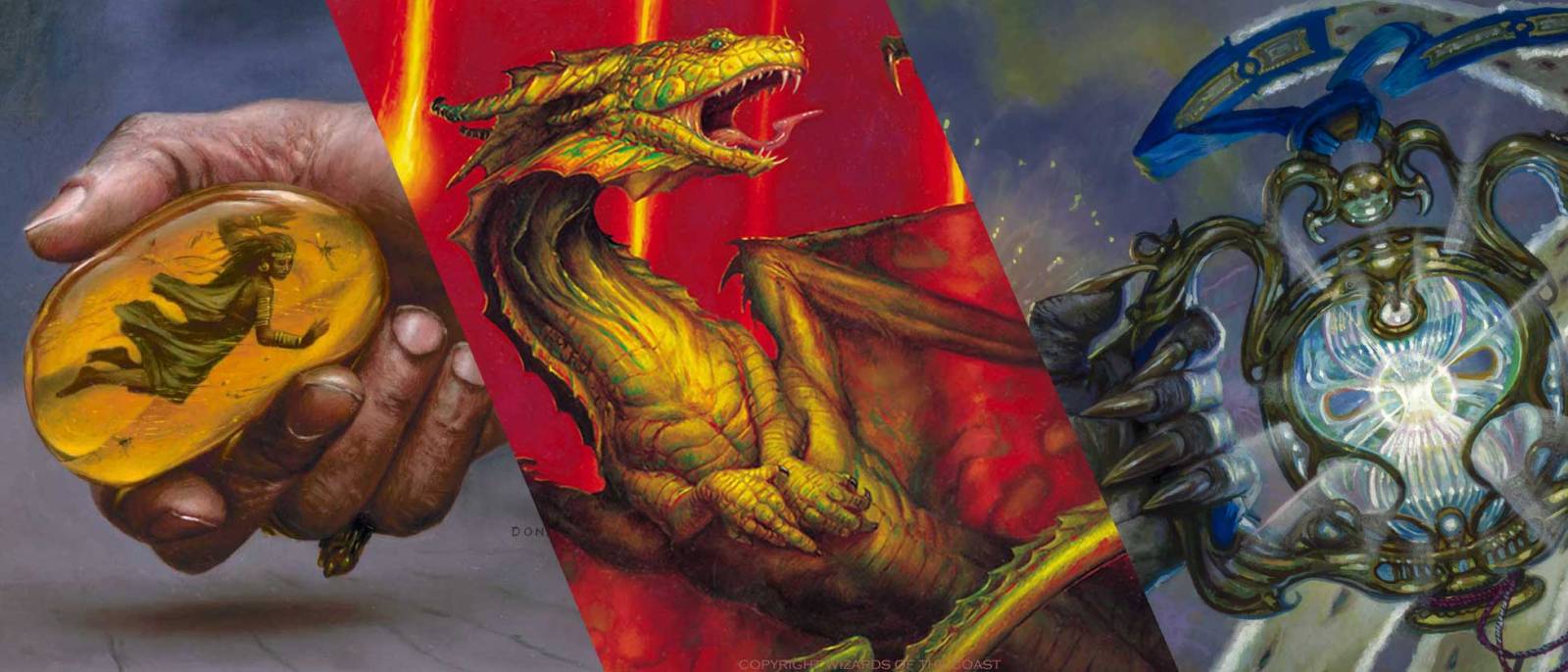
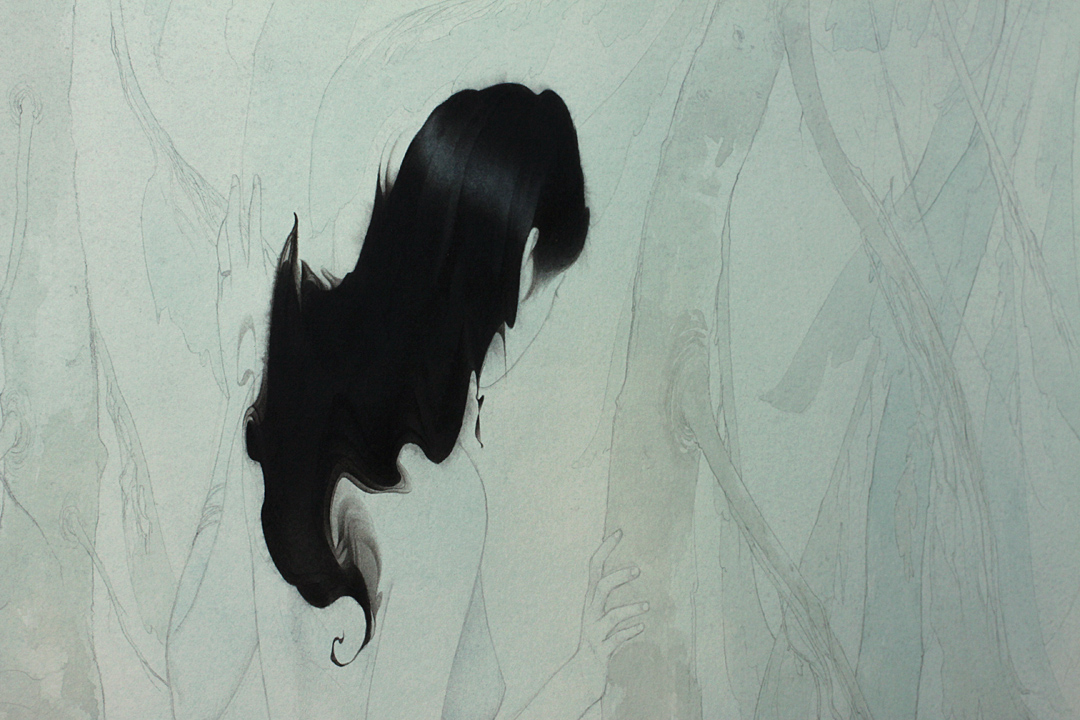
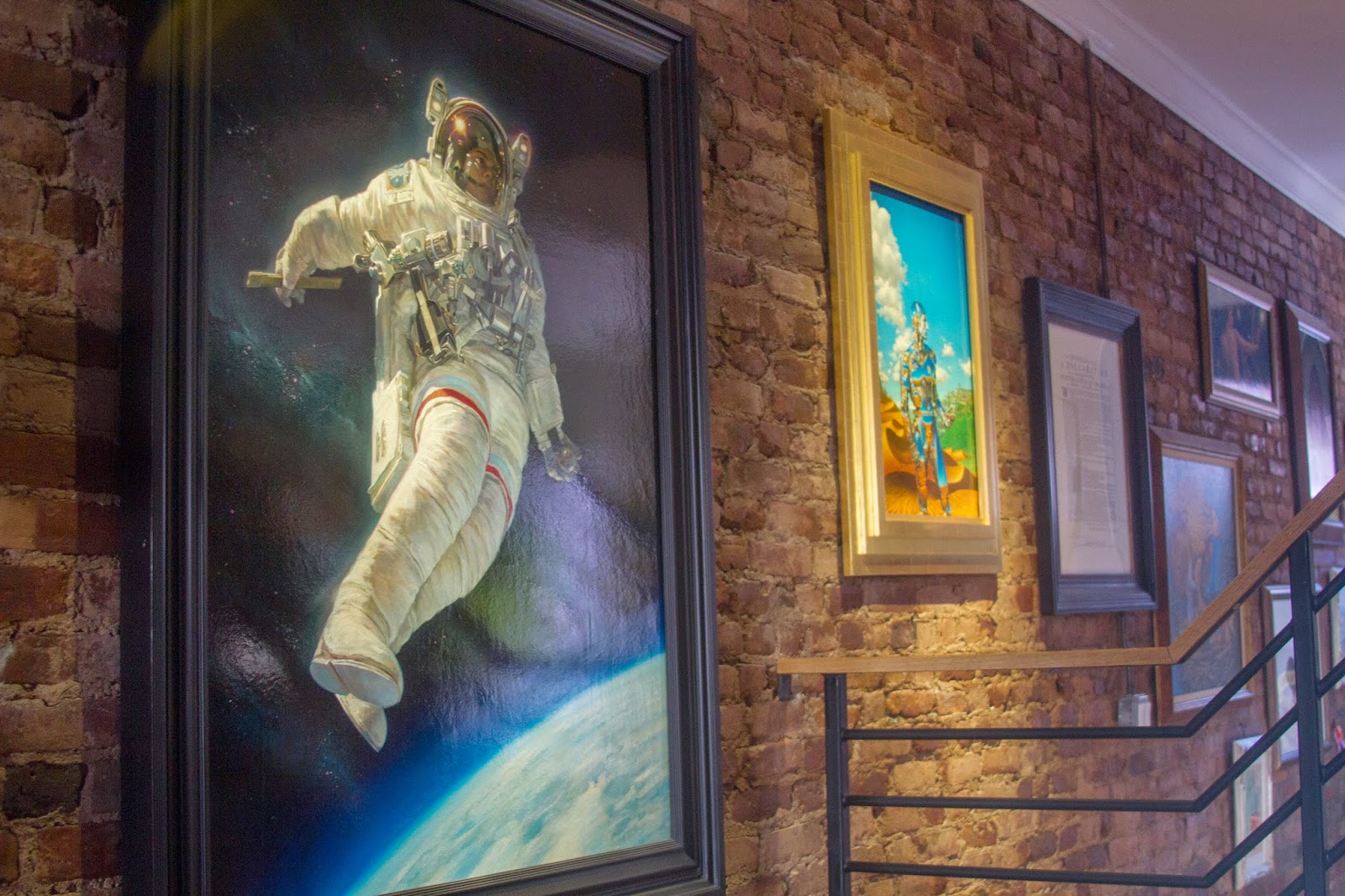
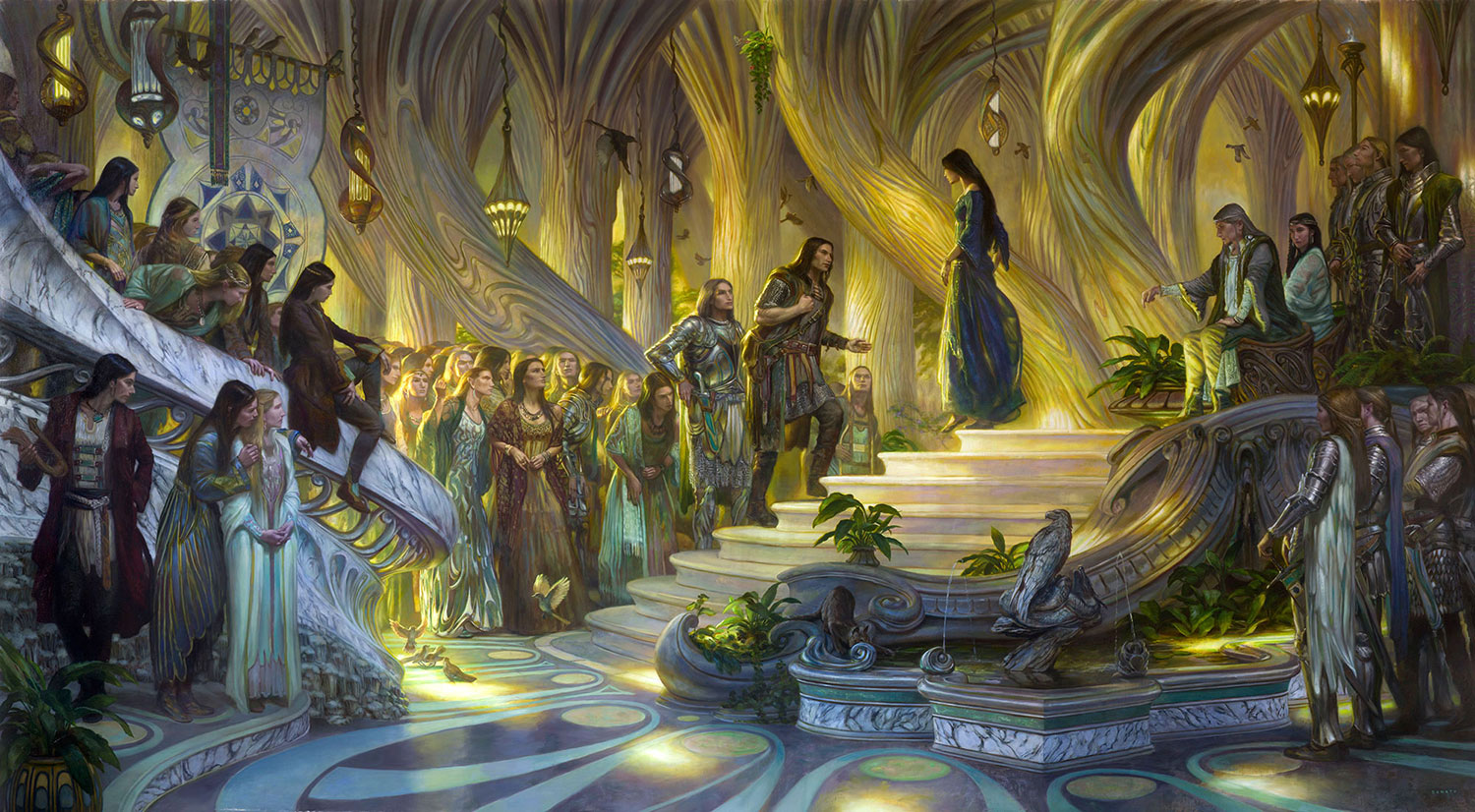
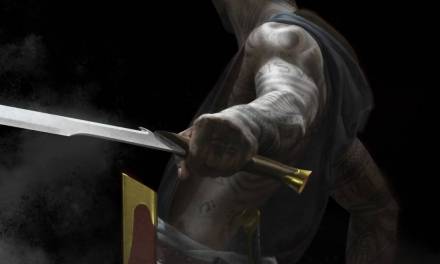

I would imagine the problem with Universes Beyond is that there are contractual obligations to the IP owners, who likely have differing ideas about what they wish to allow third parties to do. These restrictions seem like a simple way to deal; the artist gets paid for an electronic work-for-hire, delivers the art, and no one has to worry about further rights issues.
Good luck to Hasbro with protecting AI generated art. Right now, it doesn’t meet the standards for copyright, and in that case, no protections from others repurposing it. Might be a tad different if the subject is a clearly trademarked one, since that’s a separate matter, but anyone using AI generated art won’t be able to prevent others from exploiting it. Until they lobby some equally ethically-challenged politicians to write them a nice law otherwise.
“All your art are belong to us”
Hasbro and Wizards of the Coast in particular are only focused on driving more growth for their shareholders and increasing the bottom line. The stock is up 31% YTD.
Hence the recent overtures to bringing in third party IP’s into the fold with Lord of the Rings, Marvel, Assassins Creed, Fallout and now SpongeBob. The IP cross pollination is massive. Financially it is huge. It all helps drive their bottom line, which they then use to monopolize with Magic the Gathering novels, comic books and now new TV series.
They haven’t in 27 years worked to expand their card market into South America, Africa, India, Indonesia or even parts of Europe. This has more than half the worlds population. Either they don’t have the money to expand or dont want to. Sending even more profits straight to the bottom line.
More recently they tried and would have even succeeded with Dungeons and Dragons, putting the D&D IP behind an iron curtain by re writing the rules for The OGL (Open Gaming License). This would have basically decimated the third party publishers that published their own D&D games using the OGL. WOTC wanted to force them to sign NDA’s and send over royalties for using an OGL which was always intended to allow the community to help, grow and expand. It wasn’t intended to subsidize and or eliminate competition.
I don’t believe they will raise prices for commissions, not unless there is a mass exodus of the top tier artists or a collective bargaining agreement (which is difficult seeing how majority of the artists are non US based)
But it helps massively that large voice like yourself Mr Donato are speaking up. I hope more continue to do.
And with new burgeoning companies like FAB TCG and card games and homebrew campaigns built with new gaming licenses and kickstarters generating between 100k and 1 mil USD , Wizards will have to soon rethink their strategy. The only thing that forces companies to change is competition.
“The night is darkest, just before the dawn and I believe the dawn is coming”
Good info in your reply and well written. Hope one or more of the competitor games out there starts taking ground and forces a bit a of rethink in WotC.
Mike Franchina’s new board game called Trench Crusade is at 1.6 mil USD on kickstarter and growing..
That is a WOW. The PEOPLE in the end will choose how to spend their hard earned money, they are voting with their wallets. That is 1.6 mil less gone towards WOTC. Well done.
WOTC, like every other traditional(board) and digital gaming company has a metric where they see responses to card art and how people have reacted. This is collected from their websites, social media, blogs, cookies and meta data. That is how they select artists for their artist series and secret lair or who gets assigned planeswalkers and AAA moment art, box covers etc. (that along with skill set, experience and ability to deliver under pressure)
So in theory it would only take a few big name artists to stop working or demand raises to force a change. Dave Rapooza has already announced he is not going to work for WOTC anymore. Jason Rainville did too after the whole generativeAI in the Karlov Manor marketing art (not once but twice).
A collective withdrawal of their top tier artist will force change, followed by the younger artists joining in.
This is great information, Donato!
As someone that works as a creative director in entertainment advertising full-time and has done some Universes Beyond work on the side, the digital-only aspect is 100% coming from the 3rd party licensor. They get very strict with what people can do with art they’ve commissioned, and they’re just bringing that over to any and all licensing agreements. I’m so used to it in advertising that it never bothered me with MTG: UB. I’ve stopped trying to do traditional pieces, mostly, for my ad work too because by contract the client owns everything, so I wouldn’t be allowed to sell sketches or paintings after the film, show or game comes out. The difference is that advertising pays very well. 3x-4x what MTG pays so the limitations don’t bother me. But the MTG stuff is fun to work on, so there’s a bit of a trade-off there.
I definitely agree with you about the lack of raising base-pay for the last 30+ years being a terrible business model, though anyone that doesn’t come back to them with a higher bid is, perhaps, doing it wrong. I make it a standard practice to come back with a higher bid on ANY freelance project. Even if it’s only a small increase, it’s in our best interest to up that pay however we can, since nobody else will do it for us. I have yet to have them decline my higher bid. So that’s perhaps some food for thought for anyone who is looking to work on MTG.
I’m glad you’re bringing all this into the light! It’s really important as this kind of behavior is prevalent across the entire commercial art industry. Base pay hasn’t increased since the 1990’s across the board, from MTG to concept design for film and games. Entry-level positions in the 90’s started at $50k-$60k/year… and they still do. It’s ridiculous, to put it mildly.
Well, hell. Thanks for writing all this up Donato.